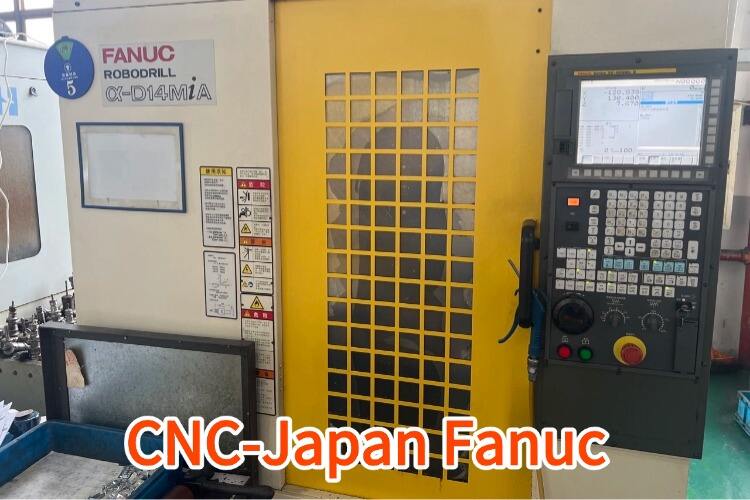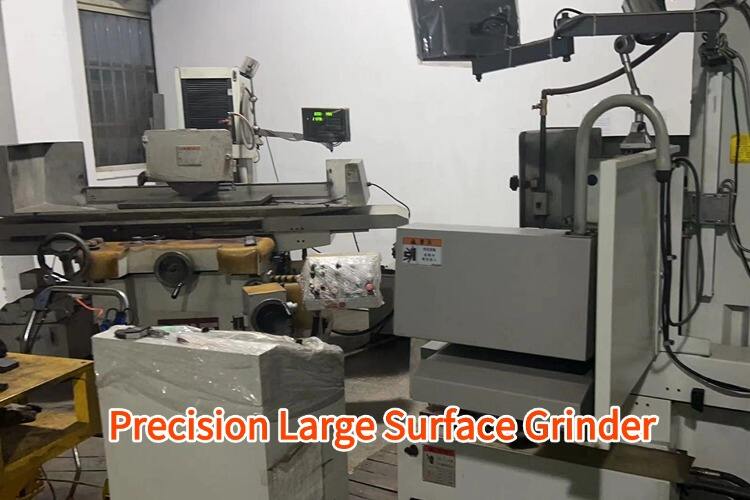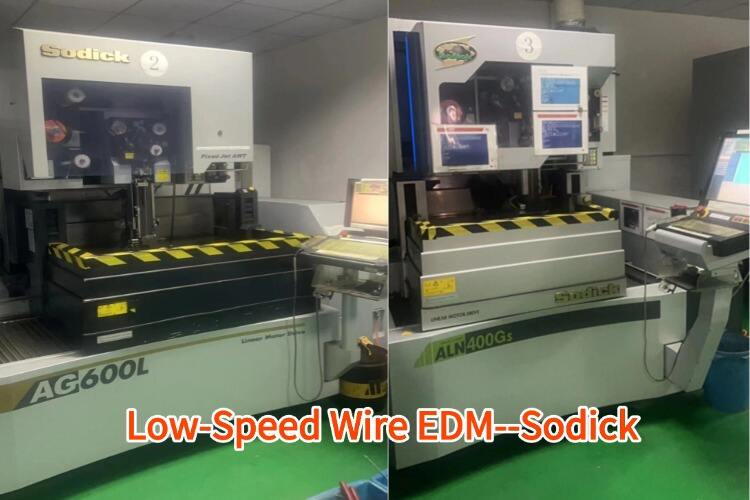metal pressing
Metal pressing is a sophisticated manufacturing process that transforms flat sheet metal into specific shapes through controlled force application. This versatile technique employs specialized tools and dies to create precise components for various industries. The process begins with material selection, typically involving steel, aluminum, or copper sheets, which are then cut to size before processing. Modern metal pressing operations utilize advanced hydraulic or mechanical presses that can exert forces ranging from a few tons to several thousand tons. The technology incorporates progressive die systems, allowing multiple operations to be performed in sequence, enhancing productivity and maintaining consistent quality. The process can achieve tight tolerances, often within 0.1mm, making it ideal for high-precision applications. Metal pressing encompasses various techniques including stamping, drawing, bending, and forming, each serving specific manufacturing requirements. The process is highly automated, utilizing sensors and computer controls to monitor pressure, speed, and material flow, ensuring optimal results and minimal waste. This manufacturing method is particularly valuable in automotive, aerospace, electronics, and consumer goods industries, where large volumes of identical components are required with high accuracy and reliability.


